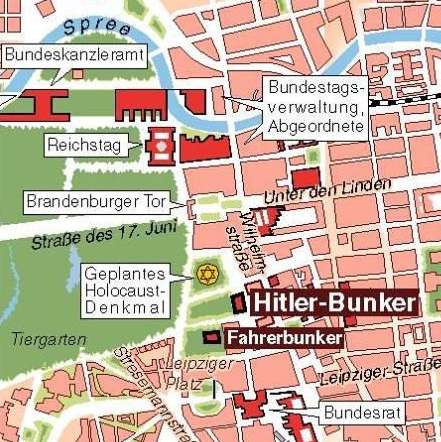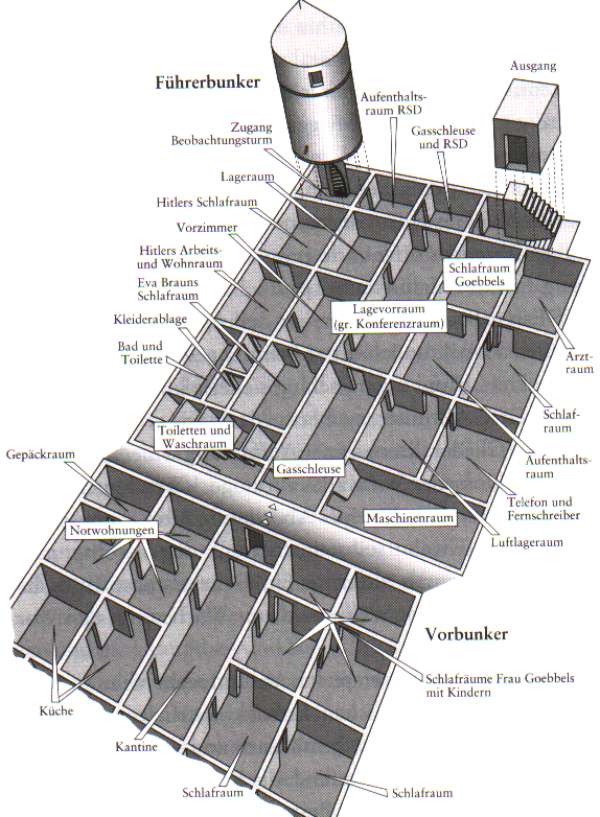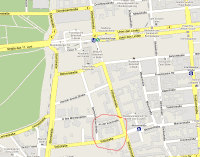 Videoanimation
of the Bunker - Click here
Videoanimation
of the Bunker - Click here
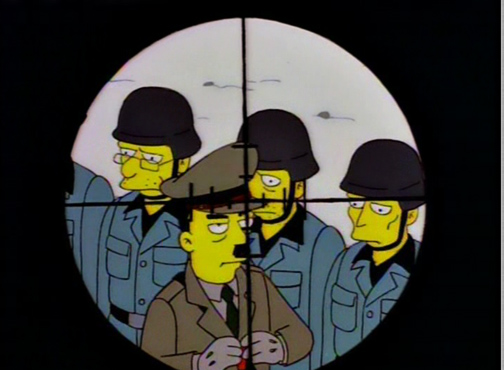
Click to enlarge
Führerbunker
The Führerbunker (German, literally meaning "shelter/bunker
[for the] leader" or "[the] Führer's shelter") was located beneath Hitler's New
Reich Chancellery in Berlin, Germany - near Brandenburger Tor. It was in this
subterranean bunker that Adolf Hitler and his wife Eva Braun spent the last few
weeks of the war and it was here their lives came to an end on April 30, 1945.
The elaborate complex consisted of two separate levels, the Vorbunker (the upper
bunker) or "forward bunker" and the newer Führerbunker located one level below.
They were connected by a stairway set at right angles (they were not spiral).
The Führerbunker was located about 8.2 metres beneath the garden of the old
Reich Chancellery building at Wilhelmstraße 77, about 120 metres north of the
new Reich Chancellery building, which had the address Voßstraße 6. The Vorbunker
was located beneath the large hall behind the old Reich Chancellery, which was
connected to the new Reich Chancellery. The Führerbunker was located somewhat
lower than the Vorbunker and west (or rather west/south-west) of it.
The complex was protected by approximately four metres of concrete, and about 30
small rooms were distributed over two levels with exits into the main buildings
and an emergency exit into the gardens. The complex was built in two distinct
phases, one part in 1936 and the other in 1943. The 1943 development was built
by the Hochtief company as part of an extensive program of subterranean
construction in Berlin begun in 1940. The accommodations for Hitler were in the
newer, lower section and by February 1945 had been appointed with high quality
furniture taken from the Chancellery along with several framed oil paintings.
 Videoanimation
of the Bunker - Click here
Videoanimation
of the Bunker - Click here

Click to enlarge
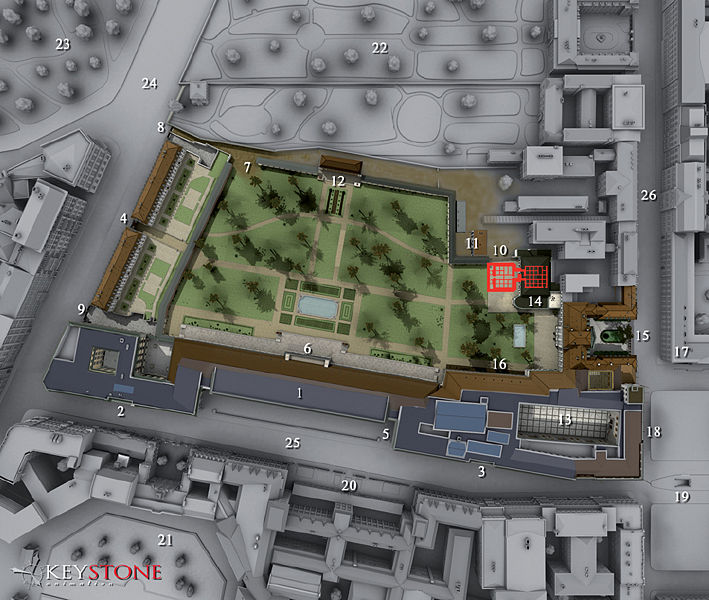 |
|
| July 1947 photo of the rear entrance to the Führerbunker, in the garden of the Reich Chancellery; Hitler and Eva Braun were cremated in a shellhole in front of the emergency exit at left; the cone shaped structure in the center served as the exhaust and bomb shelter for the guards. |
More animation and pictures - click here
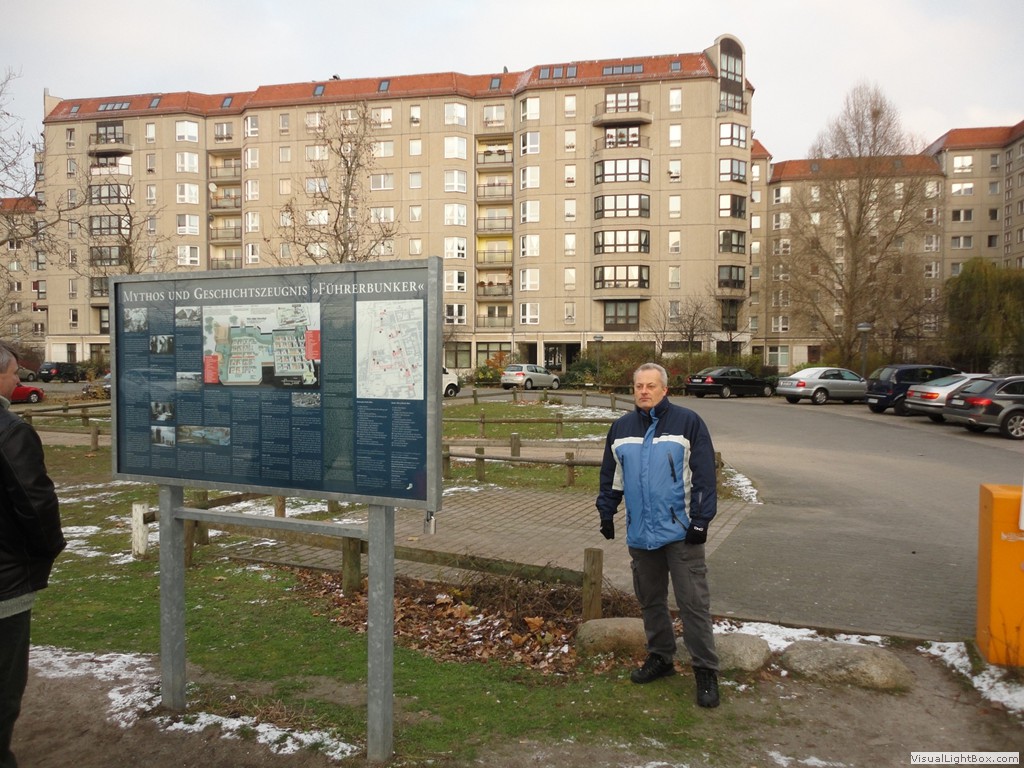 |
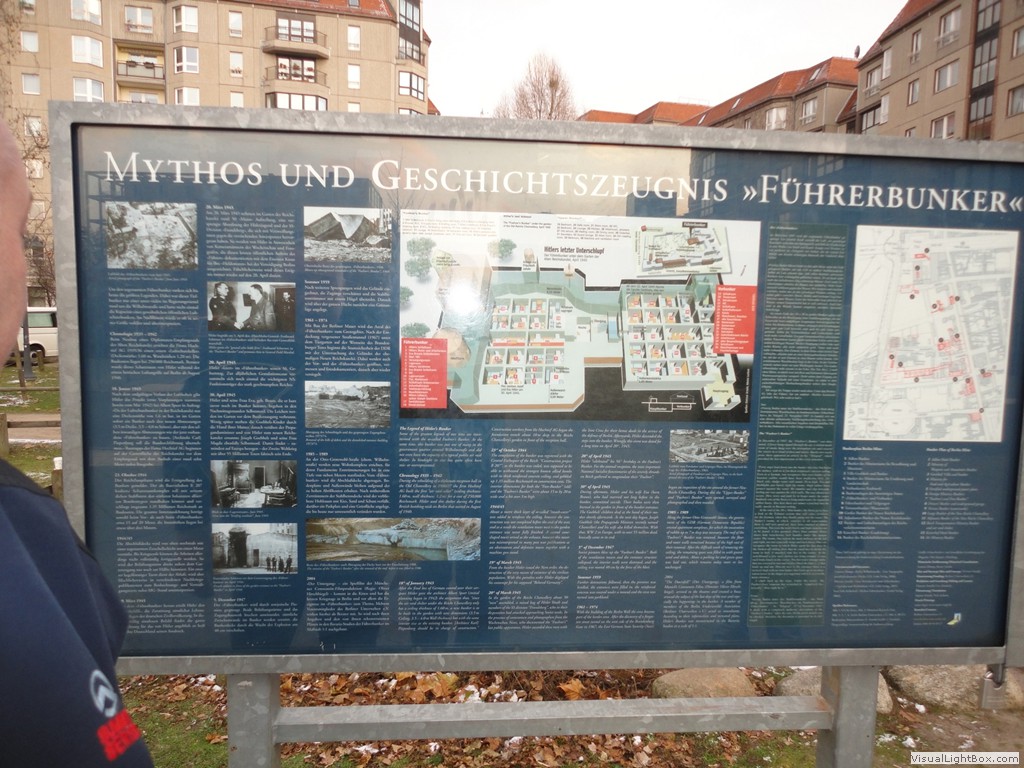 |
Fakt ist, dass sich in der Wilhelmstrasse an
dieser Stelle die Reichskanzlei befand. Hinter diesen Gebäuden verbirgt sich
der "Führerbunker". |
Unter dieser schneebedeckten Rasenfläche
befinden sich die letzten Fragmente des "Führerbunkers". Hier nahmen sich am
30. April 1945 Adolf Hitler und Eva Braun das Leben. In der Nacht vom 28.
auf den 29. April hatte Hitler noch seine langjährige Geliebte geheiratet.
|
